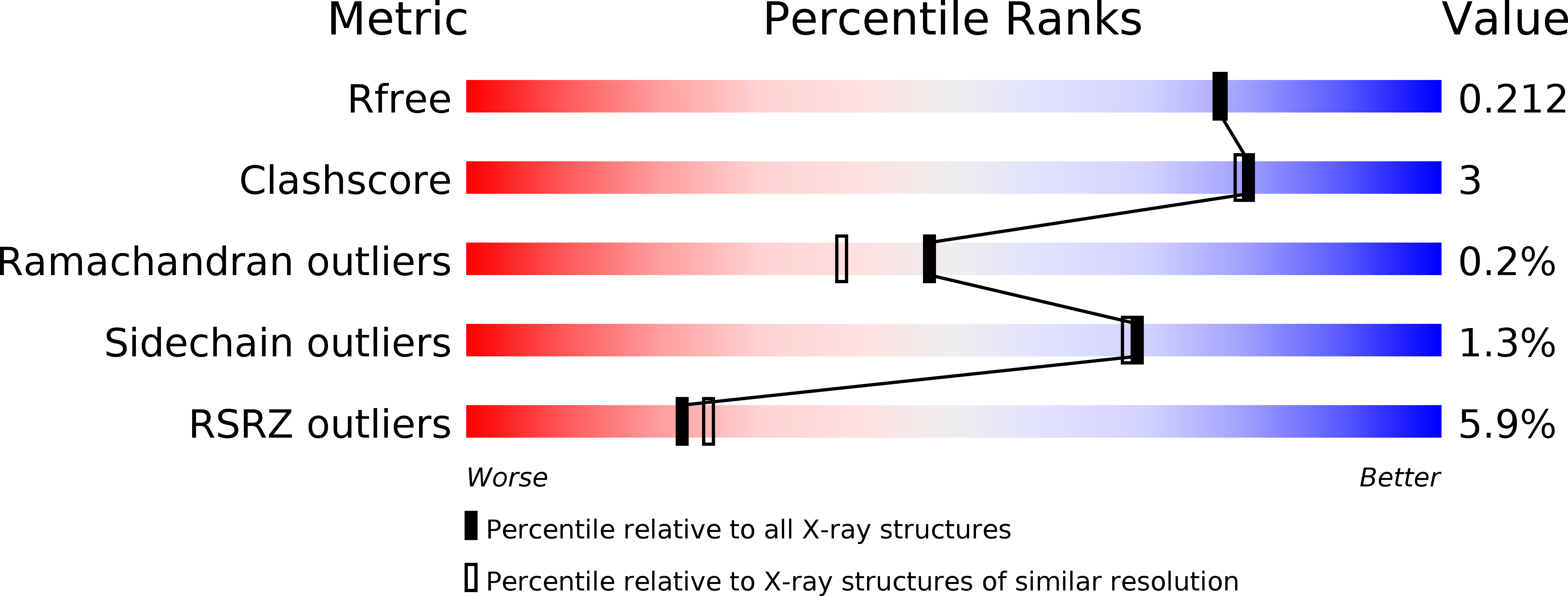
Deposition Date
2012-07-19
Release Date
2012-12-19
Last Version Date
2024-11-06
Entry Detail
PDB ID:
4G6K
Keywords:
Title:
Crystal structure of the therapeutic antibody binding fragment of gevokizumab in its unbound state
Biological Source:
Source Organism:
homo Sapiens, Mus musculus (Taxon ID: 9606, 10090)
Host Organism:
Method Details:
Experimental Method:
Resolution:
1.90 Å
R-Value Free:
0.21
R-Value Work:
0.18
R-Value Observed:
0.18
Space Group:
P 21 21 21


